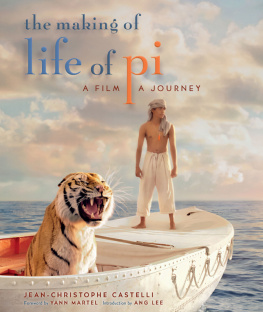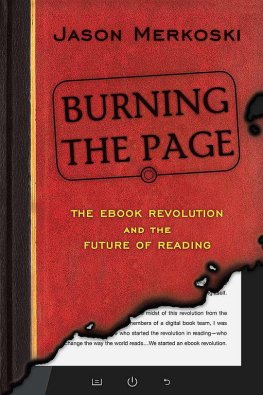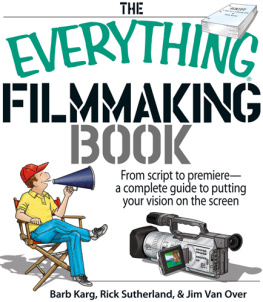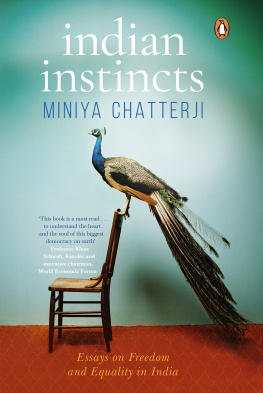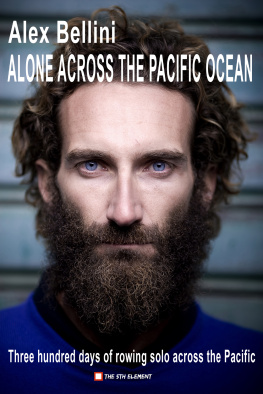
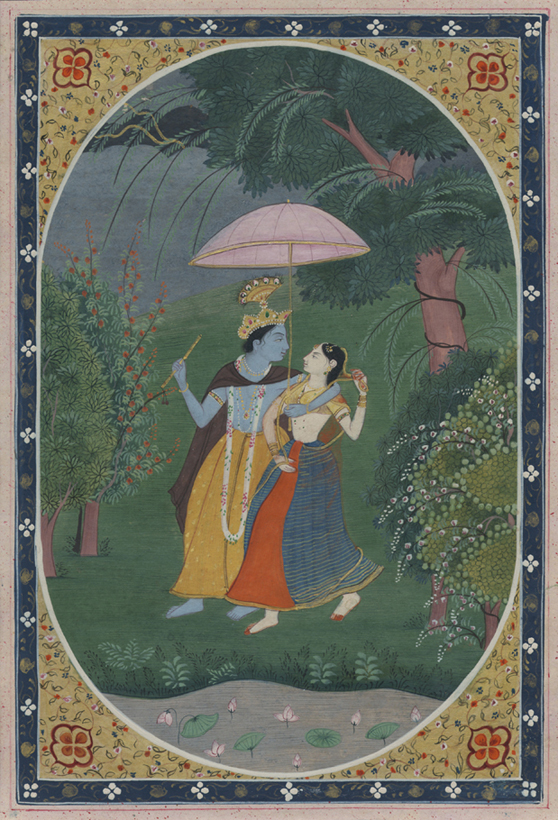
Unknown artist. The Hindu god Krishna and his consort sheltered from the rain by an umbrella. c. 800900. Himachal Pradesh, India. Opaque watercolor on paper. Gift of Mr. Johnson S. Bogart, F2003.34.25. Asian Art Museum, San Francisco. Used by permission.
Artist unknown. The Hindu God Krishna and His Consort Sheltered from the Rain by an Umbrella. 18001900. India.
to august and prosper, who love adventures and long, irrational numbers, and to lisa, my constant

contents
YANN MARTEL
ANG LEE

Photographs: Peter Sorel.
King, the tiger that served as model for Richard Parker, demonstrates his diving prowess in the specially-constructed Life of Pi wave tank.
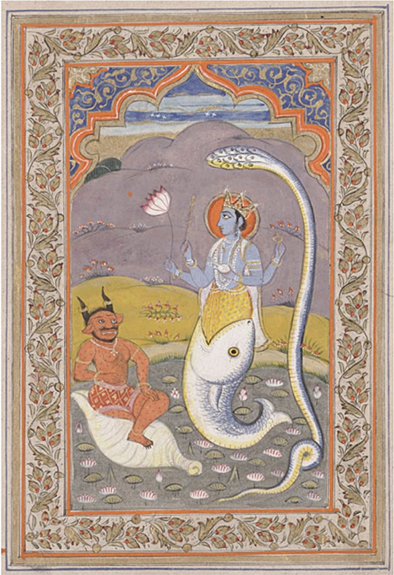
Unknown artist. Untitled (Matsyavatara). Late eighteenth century. India. Ink, gouache, and gold on paper, 7 / x 5 / inches. University of California, Berkeley Art Museum and Pacific Film Archive; gift of Jean and Francis Marshall. Photographed by Benjamin Blackwell.
Artist unknown. Untitled. Matsyavatara (Vishnus fish avatar). Late eighteenth century. India.
Who would have thought that this story would go so far? I had spent six months in India, backpacking and doing practical research, and then I did more academic research at McGill Universitys Redpath Library, in Montreal. I wasnt a student at McGill, but since I looked plausibly like one, no guard ever stopped me. I had no money. Two years before finishing my second novel I lived on ten thousand dollars a year in a ramshackle apartment with three roommates. But because I was doing exactly what I wanted to be doing, I felt like I was living the life of a prince. Imagine: my only concern every morning upon waking up was how to keep a boy and a tiger alive for one more day. When I entered my bare, little office, it was as if I were slipping into a lifeboat. Soon enough, the Pacific Ocean was sloshing around me.
My track record as a writer didnt show much promise. My first effort, a collection of short stories, sold all of eight hundred copies in Canada. My first novel did only a little better, barely breaking the threshold of a thousand copies sold. Welcome to the world of literary fiction. Still, I wrote. The artist creates out of necessityI had to get Life of Pi onto the pageand so I isolated myself in my office, not only because I needed the time and the quiet to write, but also to shelter myself from the indifference of the world, a world that would have told me, Listen, we dont need another novel, or poem, or play, or anything like that. Theres plenty out there already thats very good, so stop dreaming, grow up, and get a real job.
I wrote the story in a state of near constant jubilation. It all came together so nicely. After four years, it was done. My third book, this weird story Id concocted mixing religion and zoology, was ready to be shown to the world. What sane writer would combine the two in a novel? Most people dont like zoos; they think of them as jails for innocent animals. And most people, certainly in Quebec, where Im from, dont like religion, at least organized religion.
Worst of all, my book came out on September 11, 2001, a day in which a tragedy of spectacular proportions made it easy to overlook the publication of a Canadian novel.
If there ever was a novel that was fated to end up quickly in the remainder pile, it was Life of Pi.
But we need stories. Were not just work animals, destined to eat, labor, and sleep. Were also thinking animals, and theres no better way to weave together all of our thoughts about who we are and where were going and what it all means than through a story. In a story, we appear whole-person-like. Stories are about people in all their complexity.
The book moved slowly at first. Then it came out in the United States and Great Britain, and the pace picked up. Reviews were positive. Readers were struck. Word of mouth did its wonders. Then I won a big prize, and suddenly I was yanked out of obscurity.
I toured the United States several times, most countries of Europe, and then more far-flung places like Asia and Australia. At each stop I met readers who wanted to discuss the novel. And then there were the letters from readers from all over the world. The most common question I was asked was, Which is the true story: the one with animals, or the one without?
I never gaveand never givea definitive answer. It is for each reader to decide what Life of Pi is about. But Ill say this: the story of Pi and Richard Parker is one of existential choice. How do you live your life? Are you directed by the flat edicts of rationality, or open to more marvelous possibilities? Do you need to know for certain, are you limited by that necessity, or are you willing to make leaps of faith?
I believe that a life without leaps of faith is a life unlived. Life is a breathless adventure that calls you to make choices, not a calculation whose risks you must hedge.
Then Hollywood came along. I was puzzled. Life of Pi is about a boy stranded on a lifeboat with a tiger in the middle of the Pacific. Those are easy words to write on the page. But how would one bring them to life on the screen? The challenge seemed forbidding. Who would be crazy enough to try?
To my delight, my film agent, Jerry Kalajian, believed in trying, and then producer Gil Netter and Elizabeth Gabler, president, Fox 2000 Pictures, did too. Thanks to their unwavering faith, the great Ang Lee was brought in to helm the project. Brilliant at conveying the powerful emotional detailremember Heath Ledger hugging the shirt in Brokeback Mountain?while also being able to deliver the spectacular effectin Crouching Tiger, Hidden Dragon, for examplehere was the director with the formidable talent needed to bring Life of Pi to cinematic life. I am deeply grateful to Ang for being crazy enough to take on my novel.
The poetry of cinema relies on much technical wizardry. Jean-Christophe Castellis detailed and sumptuously illustrated book shows how both aspects of Ang Lees movie were brought together, revealing the extraordinarily meticulous, arduous, and inspired work that turned those simple wordsa boy and a tiger in a lifeboatinto cinematic magic.
The movie by Ang Lee and my novel have the same title, but each tells a slightly different story because each is told by a different author. In the end, the meaning of the story rests with you. Both the reader and the viewer must ponder the same question: Which is the better story: the one with animals, or the one without? And having decided that, what does that mean in terms of how you will live your life?
Yann Martel
I first started working with Ang Lee in 1995. At the time, I was the story editor at Good Machine, the New Yorkbased independent production company for all of his films, from Pushing Hands to Hulk. We were developing The Ice Storm, and I ended up doing period research for the film, which was set in 1975. I was of a similar age and social background as the younger kids in the movie, so the project was somewhat Proustian for methe stale Twinkies of 1970s pop culture turned out to be my madeleines, every bite bringing back entire after-school afternoons. As pre-production drew near, I was even inspired to haul the dusty contents of my childhood bedroom up from my fathers basement and donate them to the set decorators. The Earth Day70 poster in Christina Riccis room? Thats my brief on-screen cameo.
Next page
